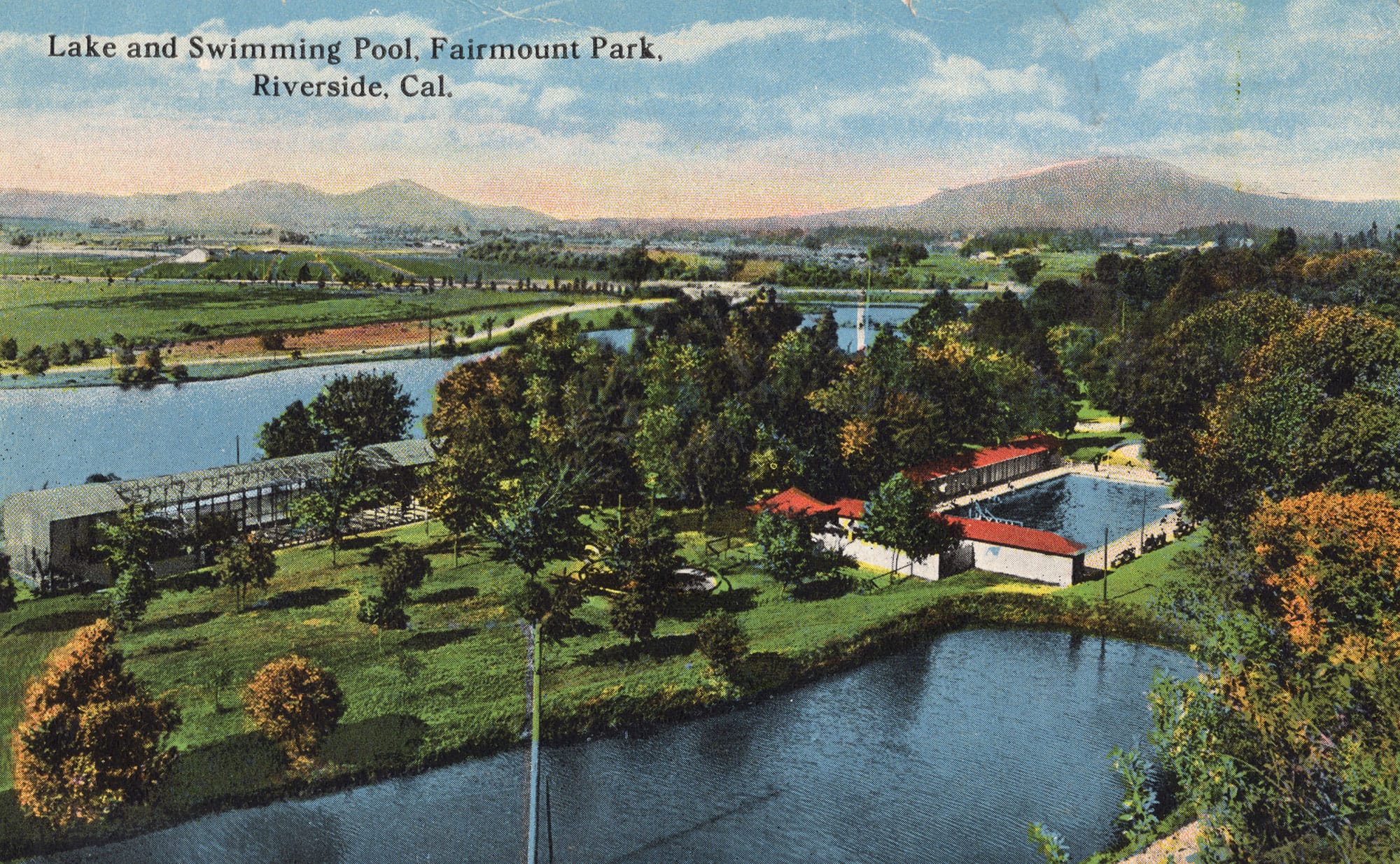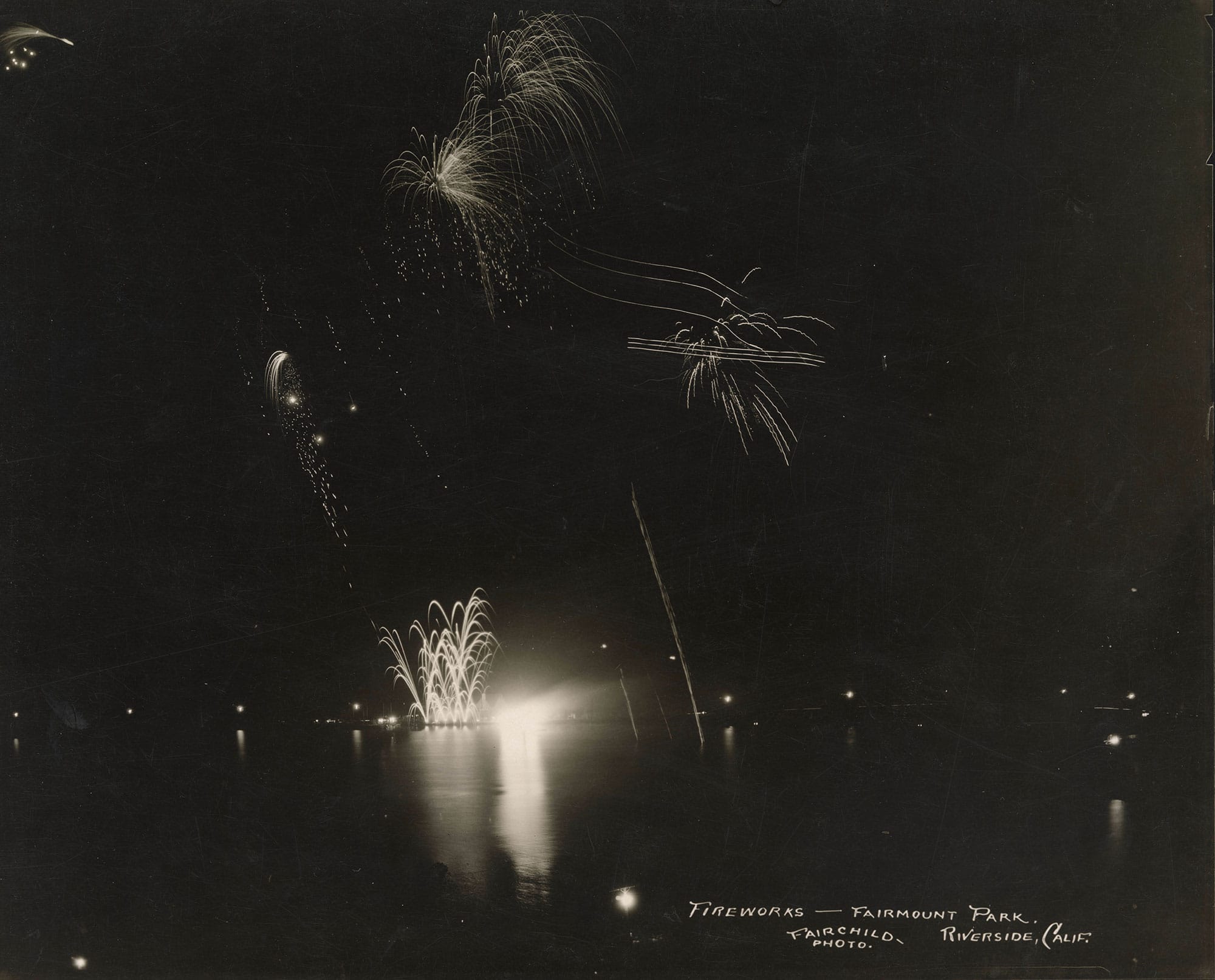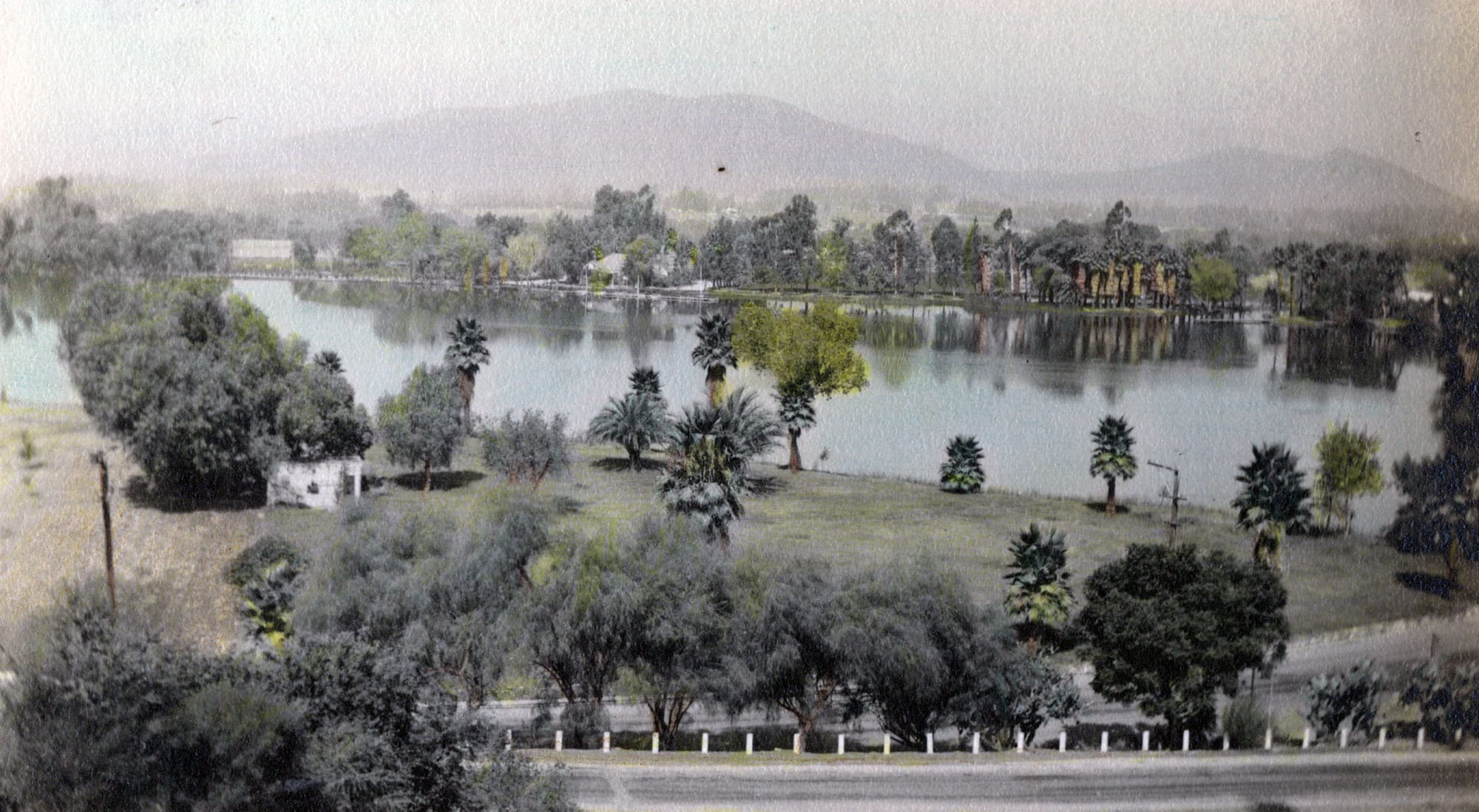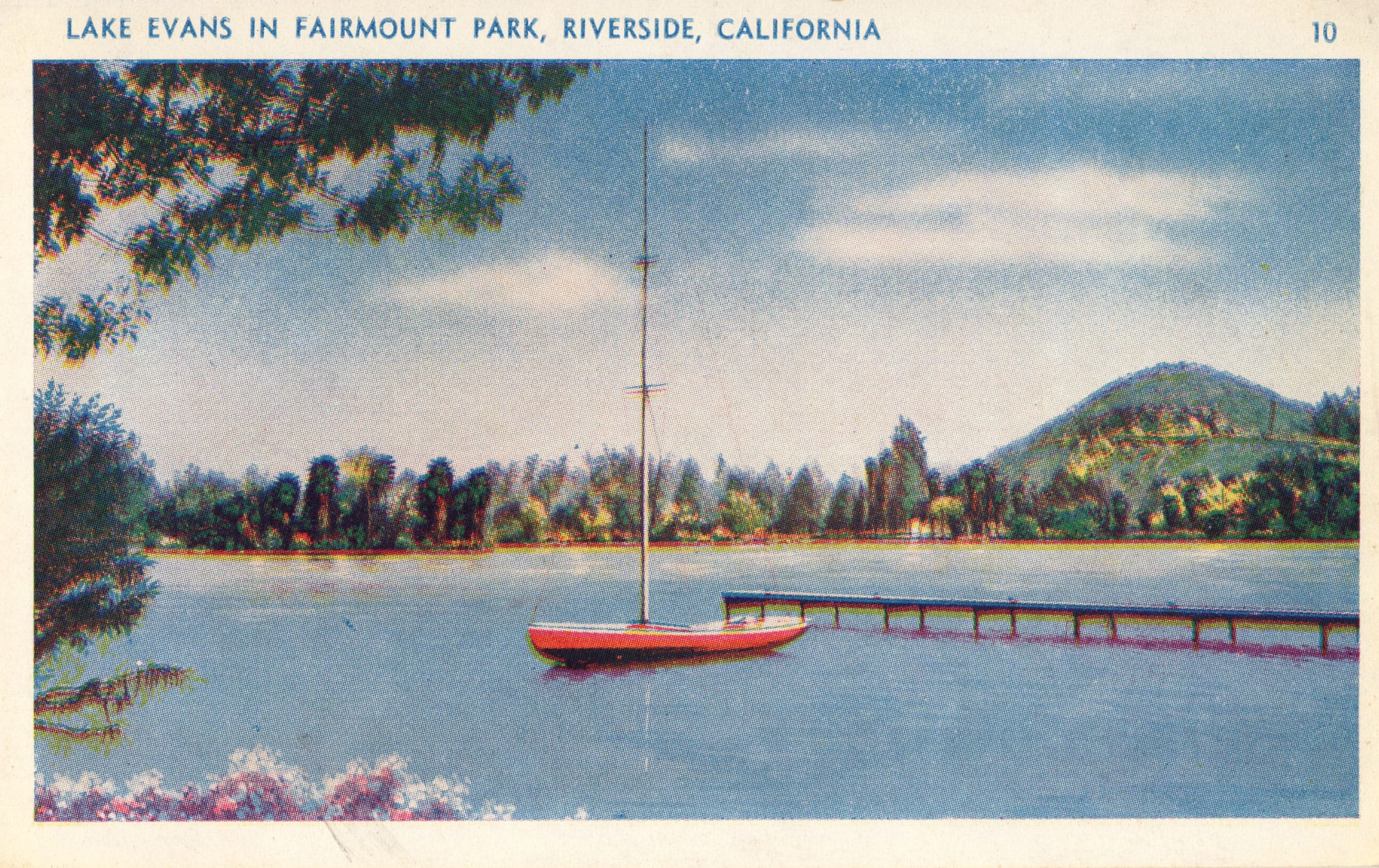🗞️ Riverside News- December 28, 2025
Homeowner's yard lessons, Rose Parade honor, sports year review...
Riverside’s 1924 Fourth of July celebration was a spectacle of civic pride and joy, featuring the grand opening of Lake Evans, a gem in the heart of Fairmount Park.

The Fourth of July is an exciting holiday across the United States and has been so throughout Riverside’s history. One hundred years ago, Riversiders celebrated a very special Independence Day with the dedication of a brand-new lake in Fairmount Park—Lake Evans.
Famous landscape architects, the Olmsted brothers, designed elaborate plans to develop Fairmount Park in 1911. Many of those ideas were soon carried out, but one was not: the enlargement of the lake in the park.

In 1923, Architect G. Stanley Wilson revived the idea of a larger lake in Fairmount Park. He had found the old Olmsted plans in a dark vault in the Reynolds building. Taking his plan to some of the service clubs in Riverside, he soon gained the support of the Kiwanis and Lions clubs. Riverside Mayor Samuel Evans volunteered to donate 40 acres, enlarging the park with enough room to make a good-sized lake unique to southern California. At the time, Los Angeles had four lakes, totaling 35 acres. With the new lake together with the older Fairmount Lake, Riverside would boast 46 acres of water in Fairmount Park.
Evans’ father, S. C. Evans, Sr., had donated the original 12.5 acres for the formation of Fairmount Park. In 1902, Samuel Evans, Jr. and his brother, Pliny Evans, donated an additional 18.5 acres and rights to water from Spring Brook if a lake was created. Thus, Fairmount Lake was established.
By June 1923, work began on the new lake. The local newspaper called for able-bodied men to come to the park to clear the site. The Chamber of Commerce organized this event and asked the men to wear overalls and old shoes for their workday. They asserted that more useful than a college degree was a strong back. Their wives, dressed in worn and faded calico dresses, were asked to bring lunch out at noon in tin pails. Prizes were awarded to the best workers and the wives with the best calico dresses and sunbonnets.
Following the workday, the City hired workers and mule teams to remove 50,000 cubic yards of earth. Some of the dirt was used to form two islands of one acre and five acres. Decomposed granite from nearby North Hill was used to build a dam and surface the road around the lake. The new road was named Dexter Drive in honor of Charles Dexter, known as the Father of Fairmount Park. Dexter was a Civil War veteran who did much not just to promote the park but did much of the early physical work himself.
The new lake and the surrounding area were completed in time for a city celebration for the Fourth of July in 1924. The celebration began in the morning with the dedication of Lake Evans in honor of Mayor S. C. Evans and the official naming of Dexter Road. There were speeches and music, including solos by Marcella Craft. A quartet from the Riverside Military Band played “America, the Beautiful” to close the program.

Following the program, there was a concert in the bandshell before the activities moved to the nearby fairgrounds for harness and foot races, bronco busting, and steer riding. The celebration returned to Fairmount Park and the newly dedicated Lake Evans for the evening events.
Thousands gathered along the shorelines to view a pageant of boats depicting various paintings of American history. Among the many boats, the Kiwanis Club presented the “Spirit of 76,” with Ira Landis as the fifer. The First National Bank presented “Betsy Ross Making the First Flag.” The Lion’s Club displayed the scene of “Roosevelt on San Juan Hill.”
Following the pageant of boats, a fireworks show was shot off from the larger island on the north side of the lake. The reflection of colorful lights reflected beautifully off the surface of the lake.

Riverside now had a new and larger lake in Fairmount Park that could be enjoyed as an outdoor playground. Over the past 100 years, boating, sailing, swimming, fishing, and other activities have been enjoyed and continue to occur on and around Lake Evans. A sailing regatta was held on the lake just a few weeks ago.

For more detailed information on Lake Evans, the formation of Fairmount Park, and many historical accounts and photos about the park, watch for the upcoming publication by the Riverside Historical Society entitled The People’s Playground: Fairmount Park, this book on the history of our wonderful park will be released on October 6 at the historical society meeting.
Let us email you Riverside's news and events every morning. For free!